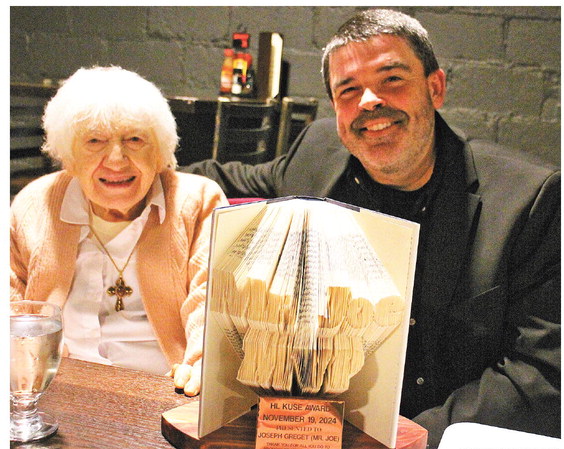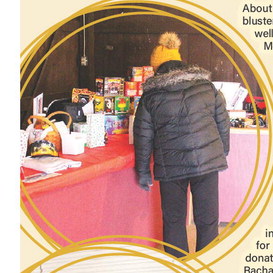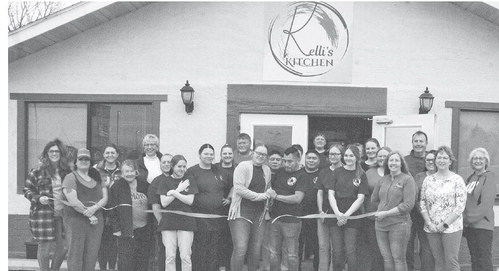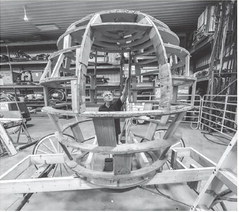Stetsonville to receive sidewalk grant
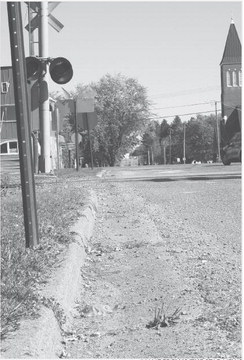

The path to learning will soon get safer for students in the village of Stetsonville.
Governor Tony Evers announced this week that the village has been awarded $398,799 for sidewalk improvements along CTH A in the village.
This project includes construction of a new sidewalk along the northside of CTH A in the Village of Stetsonville that would connect the Stetsonville Elementary School on the west edge of the village to the library, community center, ballfields and athletic courts that are located near the east edge of of the village. The two destinations are about 0.59 miles apart.
The grant award was announced this week along with $32 million in federal funding for Wisconsin’s Transportation Alternatives Program. A total of of 56 local improvement projects across Wisconsin will get funding over the next four years through the state’s Transportation Alternatives Program (TAP). Authorized by the Biden-Harris Administration’s Bipartisan Infrastructure Law, the goal of the TAP projects is to support initiatives that help create or enhance opportunities for safe, non-motorized transportation, such as bike and pedestrian trails and facilities, sidewalks, and “Safe Route to School” initiatives.
“Investing in transportation alternatives like bike and pedestrian paths is central to our work to build safer roads and communities Wisconsinites deserve and the sustainable infrastructure necessary to meet the needs of the 21st Century,” said Gov. Evers. “These transportation alternative projects are not only great ways to reduce emissions and provide more alternative transportation options, but they will help connect communities in every corner of Wisconsin and provide families with safer routes to work, school, appointments, and so much more.”
This investment in sustainable transportation alternatives comes as Gov. Evers proclaimed Sept. 23 through Sept. 27, 2024, as National Clean Energy Week.
“When we invest in building sidewalks and bikeways, we are investing in the health, safety, and accessibility of our local communities, supporting our main streets, and putting Wisconsinites to work,” said U.S. Senator Tammy Baldwin (D-Wisconsin). “I’m thrilled to help deliver funding and work alongside state and local partners to strengthen our transportation infrastructure, making our communities safer and easier to get around for years to come.”
“The Transportation Alternatives Program can make a real difference in Wisconsin communities through investments in multimodal transportation options,” said WisDOT Secretary Kristina Boardman. “We’re excited to administer this funding to local governments and help make connectivity improvements in villages, towns, cities, and counties that otherwise wouldn’t be possible.”
Many of the TAP projects are working to expand already-existing bike and pedestrian paths to better connect communities and school zones, offering Wisconsinites throughout the state increased accessibility to sustainable transportation methods.
The federal TAP funding, administered by WisDOT, is distributed according to four geographic population categories:
• The TAP Rural projects serve Wisconsin communities with census-designated populations of less than 5,000. A total of $8,585,433 in federal funds have been allocated to 19 total improvement projects in these areas.
• The first category of TAP Urban projects serves Wisconsin communities with census-designated populations of between 5,000 and 50,000 residents. A total of $5,995,562 in federal funds have been allocated to eight improvement projects in these areas.
As a federally funded program, selected projects receive a maximum 80 percent federal cost share and a minimum 20 percent local sponsor cost share.
